Chapter 8: Files | Python for Everybody 讲义笔记_En
文章目录
- Python for Everybody
- 课程简介
- Files
- Persistence
- Opening files
- Text files and lines
- Reading files
- Searching through a file
- Letting the user choose the file name
- Using `try`, `except`, and `open`
- Writing files
- Debugging
- Glossary
Python for Everybody
Exploring Data Using Python 3
Dr. Charles R. Severance
课程简介
Python for Everybody 零基础程序设计(Python 入门)
- This course aims to teach everyone the basics of programming computers using Python. 本课程旨在向所有人传授使用 Python 进行计算机编程的基础知识。
- We cover the basics of how one constructs a program from a series of simple instructions in Python. 我们介绍了如何通过 Python 中的一系列简单指令构建程序的基础知识。
- The course has no pre-requisites and avoids all but the simplest mathematics. Anyone with moderate computer experience should be able to master the materials in this course. 该课程没有任何先决条件,除了最简单的数学之外,避免了所有内容。任何具有中等计算机经验的人都应该能够掌握本课程中的材料。
- This course will cover Chapters 1-5 of the textbook “Python for Everybody”. Once a student completes this course, they will be ready to take more advanced programming courses. 本课程将涵盖《Python for Everyday》教科书的第 1-5 章。学生完成本课程后,他们将准备好学习更高级的编程课程。
- This course covers Python 3.

coursera
Python for Everybody 零基础程序设计(Python 入门)
Charles Russell Severance
Clinical Professor

个人主页
Twitter

University of Michigan
课程资源
coursera原版课程视频
coursera原版视频-中英文精校字幕-B站
Dr. Chuck官方翻录版视频-机器翻译字幕-B站
PY4E-课程配套练习
Dr. Chuck Online - 系列课程开源官网
Files
We learn how to open data files on your computer and read through the files using Python.
Persistence
So far, we have learned how to write programs and communicate our intentions to the Central Processing Unit using conditional execution, functions, and iterations. We have learned how to create and use data structures in the Main Memory. The CPU and memory are where our software works and runs. It is where all of the “thinking” happens.
But if you recall from our hardware architecture discussions, once the power is turned off, anything stored in either the CPU or main memory is erased. So up to now, our programs have just been transient fun exercises to learn Python.

Secondary Memory
In this chapter, we start to work with Secondary Memory (or files). Secondary memory is not erased when the power is turned off. Or in the case of a USB flash drive, the data we write from our programs can be removed from the system and transported to another system.
We will primarily focus on reading and writing text files such as those we create in a text editor. Later we will see how to work with database files which are binary files, specifically designed to be read and written through database software.
Opening files
When we want to read or write a file (say on your hard drive), we first must open the file. Opening the file communicates with your operating system, which knows where the data for each file is stored. When you open a file, you are asking the operating system to find the file by name and make sure the file exists. In this example, we open the file mbox.txt, which should be stored in the same folder that you are in when you start Python. You can download this file from www.py4e.com/code3/mbox.txt
>>> fhand = open('mbox.txt')
>>> print(fhand)
<_io.TextIOWrapper name='mbox.txt' mode='r' encoding='cp1252'>
If the open is successful, the operating system returns us a file handle. The file handle is not the actual data contained in the file, but instead it is a “handle” that we can use to read the data. You are given a handle if the requested file exists and you have the proper permissions to read the file.

A File Handle
If the file does not exist, open will fail with a traceback and you will not get a handle to access the contents of the file:
>>> fhand = open('stuff.txt')
Traceback (most recent call last):
File "<stdin>", line 1, in <module>
FileNotFoundError: [Errno 2] No such file or directory: 'stuff.txt'
Later we will use try and except to deal more gracefully with the situation where we attempt to open a file that does not exist.
Text files and lines
A text file can be thought of as a sequence of lines, much like a Python string can be thought of as a sequence of characters. For example, this is a sample of a text file which records mail activity from various individuals in an open source project development team:
From stephen.marquard@uct.ac.za Sat Jan 5 09:14:16 2008
Return-Path: <postmaster@collab.sakaiproject.org>
Date: Sat, 5 Jan 2008 09:12:18 -0500
To: source@collab.sakaiproject.org
From: stephen.marquard@uct.ac.za
Subject: [sakai] svn commit: r39772 - content/branches/
Details: http://source.sakaiproject.org/viewsvn/?view=rev&rev=39772
...
The entire file of mail interactions is available from
www.py4e.com/code3/mbox.txt
and a shortened version of the file is available from
www.py4e.com/code3/mbox-short.txt
These files are in a standard format for a file containing multiple mail messages. The lines which start with “From” separate the messages and the lines which start with “From:” are part of the messages. For more information about the mbox format, see https://en.wikipedia.org/wiki/Mbox.
To break the file into lines, there is a special character that represents the “end of the line” called the newline character.
In Python, we represent the newline character as a backslash-n in string constants. Even though this looks like two characters, it is actually a single character. When we look at the variable by entering “stuff” in the interpreter, it shows us the \n in the string, but when we use print to show the string, we see the string broken into two lines by the newline character.
>>> stuff = 'Hello\nWorld!'
>>> stuff
'Hello\nWorld!'
>>> print(stuff)
Hello
World!
>>> stuff = 'X\nY'
>>> print(stuff)
X
Y
>>> len(stuff)
3
You can also see that the length of the string X\nY is three characters because the newline character is a single character.
So when we look at the lines in a file, we need to imagine that there is a special invisible character called the newline at the end of each line that marks the end of the line.
So the newline character separates the characters in the file into lines.
Reading files
While the file handle does not contain the data for the file, it is quite easy to construct a for loop to read through and count each of the lines in a file:
fhand = open('mbox-short.txt')
count = 0
for line in fhand:count = count + 1
print('Line Count:', count)# Code: http://www.py4e.com/code3/open.py
We can use the file handle as the sequence in our for loop. Our for loop simply counts the number of lines in the file and prints them out. The rough translation of the for loop into English is, “for each line in the file represented by the file handle, add one to the count variable.”
The reason that the open function does not read the entire file is that the file might be quite large with many gigabytes of data. The open statement takes the same amount of time regardless of the size of the file. The for loop actually causes the data to be read from the file.
When the file is read using a for loop in this manner, Python takes care of splitting the data in the file into separate lines using the newline character. Python reads each line through the newline and includes the newline as the last character in the line variable for each iteration of the for loop.
Because the for loop reads the data one line at a time, it can efficiently read and count the lines in very large files without running out of main memory to store the data. The above program can count the lines in any size file using very little memory since each line is read, counted, and then discarded.
If you know the file is relatively small compared to the size of your main memory, you can read the whole file into one string using the read method on the file handle.
>>> fhand = open('mbox-short.txt')
>>> inp = fhand.read()
>>> print(len(inp))
94626
>>> print(inp[:20])
From stephen.marquar
In this example, the entire contents (all 94,626 characters) of the file mbox-short.txt are read directly into the variable inp. We use string slicing to print out the first 20 characters of the string data stored in inp.
When the file is read in this manner, all the characters including all of the lines and newline characters are one big string in the variable inp. It is a good idea to store the output of read as a variable because each call to read exhausts the resource:
>>> fhand = open('mbox-short.txt')
>>> print(len(fhand.read()))
94626
>>> print(len(fhand.read()))
0
Remember that this form of the open function should only be used if the file data will fit comfortably in the main memory of your computer. If the file is too large to fit in main memory, you should write your program to read the file in chunks using a for or while loop.
Searching through a file
When you are searching through data in a file, it is a very common pattern to read through a file, ignoring most of the lines and only processing lines which meet a particular condition. We can combine the pattern for reading a file with string methods to build simple search mechanisms.
For example, if we wanted to read a file and only print out lines which started with the prefix “From:”, we could use the string method startswith to select only those lines with the desired prefix:
fhand = open('mbox-short.txt')
for line in fhand:if line.startswith('From:'):print(line)# Code: http://www.py4e.com/code3/search1.py
When this program runs, we get the following output:
From: stephen.marquard@uct.ac.zaFrom: louis@media.berkeley.eduFrom: zqian@umich.eduFrom: rjlowe@iupui.edu
...
The output looks great since the only lines we are seeing are those which start with “From:”, but why are we seeing the extra blank lines? This is due to that invisible newline character. Each of the lines ends with a newline, so the print statement prints the string in the variable line which includes a newline and then print adds another newline, resulting in the double spacing effect we see.
We could use line slicing to print all but the last character, but a simpler approach is to use the rstrip method which strips whitespaces from the right side of a string as follows:
fhand = open('mbox-short.txt')
for line in fhand:line = line.rstrip()if line.startswith('From:'):print(line)# Code: http://www.py4e.com/code3/search2.py
When this program runs, we get the following output:
From: stephen.marquard@uct.ac.za
From: louis@media.berkeley.edu
From: zqian@umich.edu
From: rjlowe@iupui.edu
From: zqian@umich.edu
From: rjlowe@iupui.edu
From: cwen@iupui.edu
...
As your file processing programs get more complicated, you may want to structure your search loops using continue. The basic idea of the search loop is that you are looking for “interesting” lines and effectively skipping “uninteresting” lines. And then when we find an interesting line, we do something with that line.
We can structure the loop to follow the pattern of skipping uninteresting lines as follows:
fhand = open('mbox-short.txt')
for line in fhand:line = line.rstrip()# Skip 'uninteresting lines'if not line.startswith('From:'):continue# Process our 'interesting' lineprint(line)# Code: http://www.py4e.com/code3/search3.py
The output of the program is the same. In English, the uninteresting lines are those which do not start with “From:”, which we skip using continue. For the “interesting” lines (i.e., those that start with “From:”) we perform the processing.
We can use the find string method to simulate a text editor search that finds lines where the search string is anywhere in the line. Since find looks for an occurrence of a string within another string and either returns the position of the string or -1 if the string was not found, we can write the following loop to show lines which contain the string “@uct.ac.za” (i.e., they come from the University of Cape Town in South Africa):
fhand = open('mbox-short.txt')
for line in fhand:line = line.rstrip()if line.find('@uct.ac.za') == -1: continueprint(line)# Code: http://www.py4e.com/code3/search4.py
Which produces the following output:
From stephen.marquard@uct.ac.za Sat Jan 5 09:14:16 2008
X-Authentication-Warning: set sender to stephen.marquard@uct.ac.za using -f
From: stephen.marquard@uct.ac.za
Author: stephen.marquard@uct.ac.za
From david.horwitz@uct.ac.za Fri Jan 4 07:02:32 2008
X-Authentication-Warning: set sender to david.horwitz@uct.ac.za using -f
From: david.horwitz@uct.ac.za
Author: david.horwitz@uct.ac.za
...
Here we also use the contracted form of the if statement where we put the continue on the same line as the if. This contracted form of the if functions the same as if the continue were on the next line and indented.
Letting the user choose the file name
We really do not want to have to edit our Python code every time we want to process a different file. It would be more usable to ask the user to enter the file name string each time the program runs so they can use our program on different files without changing the Python code.
This is quite simple to do by reading the file name from the user using input as follows:
fname = input('Enter the file name: ')
fhand = open(fname)
count = 0
for line in fhand:if line.startswith('Subject:'):count = count + 1
print('There were', count, 'subject lines in', fname)# Code: http://www.py4e.com/code3/search6.py
We read the file name from the user and place it in a variable named fname and open that file. Now we can run the program repeatedly on different files.
python search6.py
Enter the file name: mbox.txt
There were 1797 subject lines in mbox.txtpython search6.py
Enter the file name: mbox-short.txt
There were 27 subject lines in mbox-short.txt
Before peeking at the next section, take a look at the above program and ask yourself, “What could go possibly wrong here?” or “What might our friendly user do that would cause our nice little program to ungracefully exit with a traceback, making us look not-so-cool in the eyes of our users?”
Using try, except, and open
I told you not to peek. This is your last chance.
What if our user types something that is not a file name?
python search6.py
Enter the file name: missing.txt
Traceback (most recent call last):File "search6.py", line 2, in <module>fhand = open(fname)
FileNotFoundError: [Errno 2] No such file or directory: 'missing.txt'python search6.py
Enter the file name: na na boo boo
Traceback (most recent call last):File "search6.py", line 2, in <module>fhand = open(fname)
FileNotFoundError: [Errno 2] No such file or directory: 'na na boo boo'
Do not laugh. Users will eventually do every possible thing they can do to break your programs, either mistakenly or with malicious intent. As a matter of fact, an important part of any software development team is a person or group called Quality Assurance (or QA for short) whose very job it is to do the craziest things possible in an attempt to break the software that the programmer has created.
The QA team is responsible for finding the flaws in programs before we have delivered the program to the end users who may be purchasing the software or paying our salary to write the software. So the QA team is the programmer’s best friend.
So now that we see the flaw in the program, we can elegantly fix it using the try/except structure. We need to assume that the open call might fail and add recovery code when the open fails as follows:
fname = input('Enter the file name: ')
try:fhand = open(fname)
except:print('File cannot be opened:', fname)exit()
count = 0
for line in fhand:if line.startswith('Subject:'):count = count + 1
print('There were', count, 'subject lines in', fname)# Code: http://www.py4e.com/code3/search7.py
The exit function terminates the program. It is a function that we call that never returns. Now when our user (or QA team) types in silliness or bad file names, we “catch” them and recover gracefully:
python search7.py
Enter the file name: mbox.txt
There were 1797 subject lines in mbox.txtpython search7.py
Enter the file name: na na boo boo
File cannot be opened: na na boo boo
Protecting the open call is a good example of the proper use of try and except in a Python program. We use the term “Pythonic” when we are doing something the “Python way”. We might say that the above example is the Pythonic way to open a file.
Once you become more skilled in Python, you can engage in repartee with other Python programmers to decide which of two equivalent solutions to a problem is “more Pythonic”. The goal to be “more Pythonic” captures the notion that programming is part engineering and part art. We are not always interested in just making something work, we also want our solution to be elegant and to be appreciated as elegant by our peers.
Writing files
To write a file, you have to open it with mode “w” as a second parameter:
>>> fout = open('output.txt', 'w')
>>> print(fout)
<_io.TextIOWrapper name='output.txt' mode='w' encoding='cp1252'>
If the file already exists, opening it in write mode clears out the old data and starts fresh, so be careful! If the file doesn’t exist, a new one is created.
The write method of the file handle object puts data into the file, returning the number of characters written. The default write mode is text for writing (and reading) strings.
>>> line1 = "This here's the wattle,\n"
>>> fout.write(line1)
24
Again, the file object keeps track of where it is, so if you call write again, it adds the new data to the end.
We must make sure to manage the ends of lines as we write to the file by explicitly inserting the newline character when we want to end a line. The print statement automatically appends a newline, but the write method does not add the newline automatically.
>>> line2 = 'the emblem of our land.\n'
>>> fout.write(line2)
24
When you are done writing, you have to close the file to make sure that the last bit of data is physically written to the disk so it will not be lost if the power goes off.
>>> fout.close()
We could close the files which we open for read as well, but we can be a little sloppy if we are only opening a few files since Python makes sure that all open files are closed when the program ends. When we are writing files, we want to explicitly close the files so as to leave nothing to chance.
Debugging
When you are reading and writing files, you might run into problems with whitespace. These errors can be hard to debug because spaces, tabs, and newlines are normally invisible:
>>> s = '1 2\t 3\n 4'
>>> print(s)
1 2 34
The built-in function repr can help. It takes any object as an argument and returns a string representation of the object. For strings, it represents whitespace characters with backslash sequences:
>>> print(repr(s))
'1 2\t 3\n 4'
This can be helpful for debugging.
One other problem you might run into is that different systems use different characters to indicate the end of a line. Some systems use a newline, represented \n. Others use a return character, represented \r. Some use both. If you move files between different systems, these inconsistencies might cause problems.
For most systems, there are applications to convert from one format to another. You can find them (and read more about this issue) at https://www.wikipedia.org/wiki/Newline. Or, of course, you could write one yourself.
Glossary
catch
To prevent an exception from terminating a program using the try and except statements.
newline
A special character used in files and strings to indicate the end of a line.
Pythonic
A technique that works elegantly in Python. “Using try and except is the Pythonic way to recover from missing files”.
Quality Assurance
A person or team focused on insuring the overall quality of a software product. QA is often involved in testing a product and identifying problems before the product is released.
text file
A sequence of characters stored in permanent storage like a hard drive.
If you find a mistake in this book, feel free to send me a fix using Github.
相关文章:

Chapter 8: Files | Python for Everybody 讲义笔记_En
文章目录 Python for Everybody课程简介FilesPersistenceOpening filesText files and linesReading filesSearching through a fileLetting the user choose the file nameUsing try, except, and openWriting filesDebuggingGlossary Python for Everybody Exploring Data Us…...
【C++ 进阶】第 1 章:[C 语言基础] C 语言概述与数据类型
目录 一、C 语言的概述 (1)计算机结构组成 (2)计算机系统组成 (3)ASCII 码 (4)计算机中的数制及其转换 (5)程序与指令 (6)语…...

点击图片1.全屏阅览2.下载3.关闭 纯纯html css js
要实现图片点击全屏预览的功能,可以使用JavaScript和CSS来实现。以下是一个简单的示例代码: html <!DOCTYPE html> <html> <head><meta charsett"UTF-8"><title>图片点击全屏预览</title><style>…...

科技项目验收测试:验证软件产品功能与性能的有效手段
科技项目验收测试是验证软件产品功能与性能的重要手段,在项目开发中起到了至关重要的作用。本文将从产品质量、需求验证、性能测试等方面,探讨科技项目验收测试的有效手段。 1、产品质量保证是验收测试的核心 科技项目验收测试的核心目标是验证软件产品…...
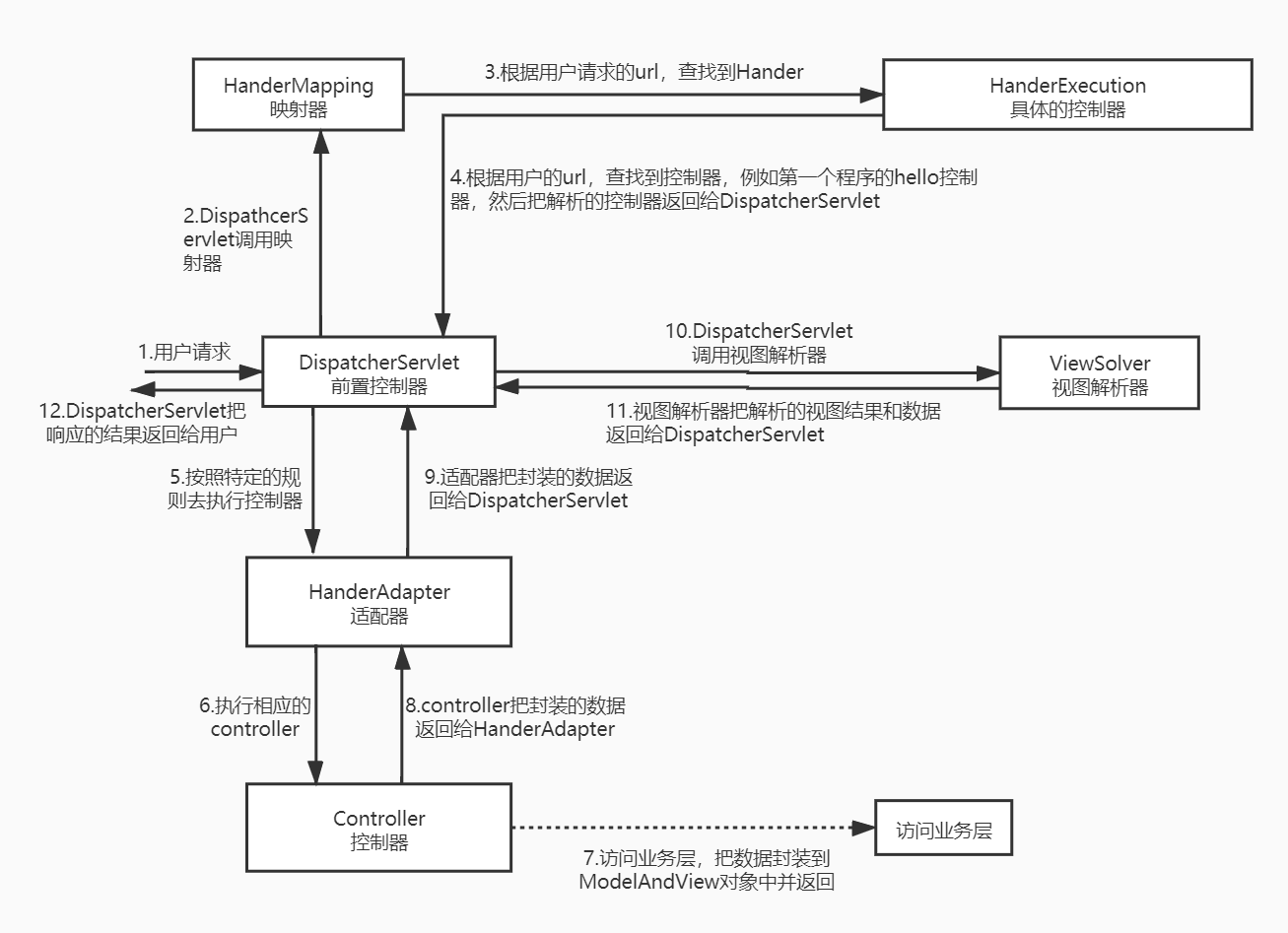
Spring MVC学习笔记,包含mvc架构使用,过滤器、拦截器、执行流程等等
😀😀😀创作不易,各位看官点赞收藏. 文章目录 Spring MVC 习笔记1、Spring MVC demo2、Spring MVC 中常见注解3、数据处理3.1、请求参数处理3.2、响应数据处理 4、RESTFul 风格5、静态资源处理6、HttpMessageConverter 转换器7、过…...

【LeetCode 算法】Linked List Cycle 环形链表
文章目录 Linked List Cycle 环形链表问题描述:分析代码哈希快慢指针 Tag Linked List Cycle 环形链表 问题描述: 给你一个链表的头节点 head ,判断链表中是否有环。 如果链表中有某个节点,可以通过连续跟踪 next 指针再次到达…...

RedHat7.9安装mysql8.0.32 ↝ 二进制方式
RedHat7.9安装mysql8.0.32 ↝ 二进制方式 一、rpm方式安装1、检查是否安装了mariadb2、下载mysqlmysql8.0.323、上传解压4、创建安装目录,拷贝解压后的文件至安装目录/usr/local/mysql8.0/5、创建相关目录,开始安装6、创建mysql组和用户7、更改安装目录归…...

数据库面试题题
题干: -- 子查询 CREATE TABLE emp( empno INT, ename VARCHAR(50), job VARCHAR(50), mgr INT, hiredate DATE, sal DECIMAL(7,2), comm DECIMAL(7,2), deptno INT ) ; INSE…...
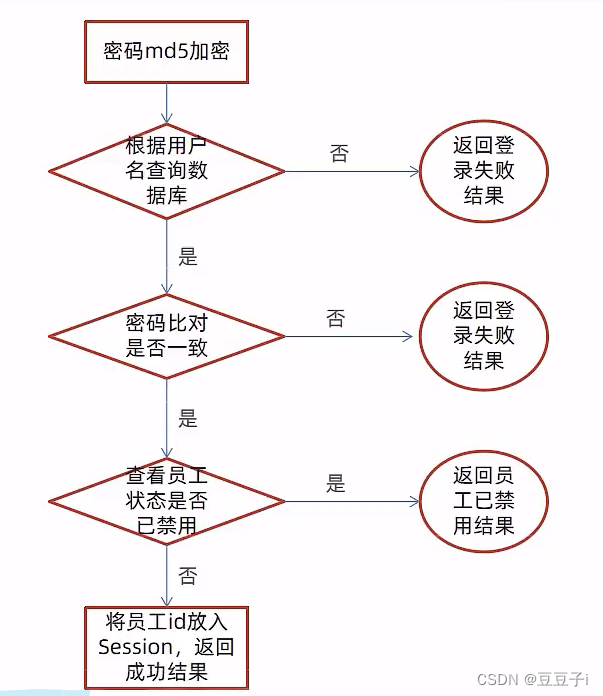
瑞吉外卖项目 基于spring Boot+mybatis-plus开发 超详细笔记,有源码链接
源码地址:https://gitee.com/programmer-xiao-kai/reggie_tack_out 前置知识: Java基础知识Java Web vueSpring BootSSMMaven 软件开发流程 角色分工 项目经理:对整个项目负责,任务分配、把控进度产品经理:进行需求调研,输出需…...

Redis Cluster 在Spring中遇到的问题
Redis集群配置可能会在运行时更改。可以添加新节点,可以更改特定插槽的主节点。还有可能因为master宕机或网络抖动等原因,引起了主从切换。 无法感知集群槽位变化 SpringBoot2.x 开始默认使用的 Redis 客户端由 Jedis 变成了 Lettuce,但是当…...

linux远程桌面管理工具 xrdp
Xrdp 是一个微软远程桌面协议(RDP)的开源实现,它允许你通过图形界面控制远程系统。通过 RDP,你可以登录远程机器,并且创建一个真实的桌面会话,就像你登录本地机器一样。 如何在Ubuntu 20.04 上安装 Xrdp 服…...
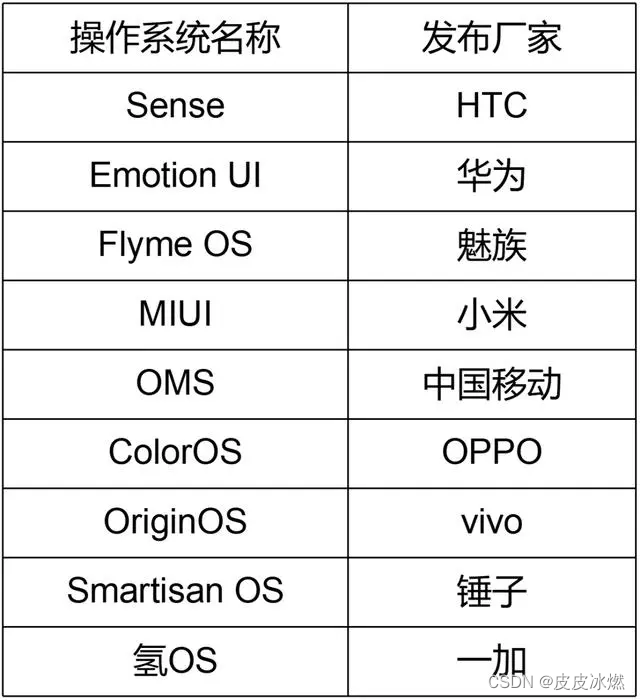
硬件-8-操作系统的历史
操作系统的最强入门科普(Unix/Linux篇) 操作系统的发展史(DOS/Windows篇) Mac操作系统进化史 手机操作系统的沉浮往事(上) 手机操作系统的沉浮往事(下) 1 操作系统种类 我们天天都…...
中的值发生变化)
self.register_buffer()中的值发生变化
PyTorch中定义模型时,有时候会遇到self.register_buffer(name, Tensor)的操作,该方法的作用是定义一组参数,该组参数的特别之处在于:模型训练时不会更新(即调用 optimizer.step() 后该组参数不会变化,只可人…...

[Tools: Pycharm] Bug合集
1. Debug mode:Pycharm不显示变量值(Unable to display frame variables);在python console中交互不输出值 选择Gevent compatible:File > Settings > Build, Execution, Deployment > Python Debugger >…...

【JAVASE】循环结构
⭐ 作者:小胡_不糊涂 🌱 作者主页:小胡_不糊涂的个人主页 📀 收录专栏:浅谈Java 💖 持续更文,关注博主少走弯路,谢谢大家支持 💖 循环 1. 循环结构1.1 while 循环1.2 bre…...

NoSQL之Redis配置使用
目录 一、关系数据库与非关系型数据库 1.1.关系型数据库的概述 1.2关系型数据库的优缺点 1.2.1优点 1.2.2缺点 1.3.非关系型数据库的概述 二.关系数据库与非关系型数据库的区别 2.1数据存储方式不同 2.2扩展方式不同 2.3对事务性的支持不同 2.4非关系型数据库产生背景 2…...

Ansible最佳实践之Playbook使用过滤器处理网络地址
写在前面 使用过滤器检查、验证和操作包含网络信息的变量理解不足小伙伴帮忙指正 傍晚时分,你坐在屋檐下,看着天慢慢地黑下去,心里寂寞而凄凉,感到自己的生命被剥夺了。当时我是个年轻人,但我害怕这样生活下去…...

测试常见前端bug
目录 协作 测试方法 标签:标签 内容/ref/ 判断 arr&&arr.length 交互 样式不生效:devtools查找,编译前的标签,运行时不一定存在 可交互的需要提示 hover样式 没有交互逻辑,就不要设置交互 无法交互…...

【Python数据分析】Python常用内置函数(一)
🎉欢迎来到Python专栏~Python常用内置函数(一) ☆* o(≧▽≦)o *☆嗨~我是小夏与酒🍹 ✨博客主页:小夏与酒的博客 🎈该系列文章专栏:Python学习专栏 文章作者技术和水平有限,如果文…...

OpenCV图像处理-图像分割-MeanShift
MeanShift 1. 基本概念2.代码示例 1. 基本概念 MeanShift严格说来并不是用来对图像进行分割的,而是在色彩层面的平滑滤波。它会中和色彩分布相近的颜色,平滑色彩细节,侵蚀掉面积较小的的颜色区域,它以图像上任意一点P为圆心&…...

在软件开发中正确使用MySQL日期时间类型的深度解析
在日常软件开发场景中,时间信息的存储是底层且核心的需求。从金融交易的精确记账时间、用户操作的行为日志,到供应链系统的物流节点时间戳,时间数据的准确性直接决定业务逻辑的可靠性。MySQL作为主流关系型数据库,其日期时间类型的…...

工程地质软件市场:发展现状、趋势与策略建议
一、引言 在工程建设领域,准确把握地质条件是确保项目顺利推进和安全运营的关键。工程地质软件作为处理、分析、模拟和展示工程地质数据的重要工具,正发挥着日益重要的作用。它凭借强大的数据处理能力、三维建模功能、空间分析工具和可视化展示手段&…...

高防服务器能够抵御哪些网络攻击呢?
高防服务器作为一种有着高度防御能力的服务器,可以帮助网站应对分布式拒绝服务攻击,有效识别和清理一些恶意的网络流量,为用户提供安全且稳定的网络环境,那么,高防服务器一般都可以抵御哪些网络攻击呢?下面…...
Mobile ALOHA全身模仿学习
一、题目 Mobile ALOHA:通过低成本全身远程操作学习双手移动操作 传统模仿学习(Imitation Learning)缺点:聚焦与桌面操作,缺乏通用任务所需的移动性和灵活性 本论文优点:(1)在ALOHA…...

C++使用 new 来创建动态数组
问题: 不能使用变量定义数组大小 原因: 这是因为数组在内存中是连续存储的,编译器需要在编译阶段就确定数组的大小,以便正确地分配内存空间。如果允许使用变量来定义数组的大小,那么编译器就无法在编译时确定数组的大…...
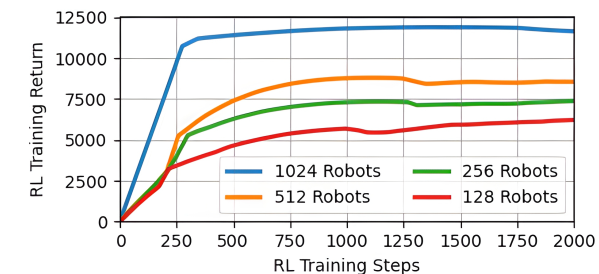
【VLNs篇】07:NavRL—在动态环境中学习安全飞行
项目内容论文标题NavRL: 在动态环境中学习安全飞行 (NavRL: Learning Safe Flight in Dynamic Environments)核心问题解决无人机在包含静态和动态障碍物的复杂环境中进行安全、高效自主导航的挑战,克服传统方法和现有强化学习方法的局限性。核心算法基于近端策略优化…...

Git常用命令完全指南:从入门到精通
Git常用命令完全指南:从入门到精通 一、基础配置命令 1. 用户信息配置 # 设置全局用户名 git config --global user.name "你的名字"# 设置全局邮箱 git config --global user.email "你的邮箱example.com"# 查看所有配置 git config --list…...

Elastic 获得 AWS 教育 ISV 合作伙伴资质,进一步增强教育解决方案产品组合
作者:来自 Elastic Udayasimha Theepireddy (Uday), Brian Bergholm, Marianna Jonsdottir 通过搜索 AI 和云创新推动教育领域的数字化转型。 我们非常高兴地宣布,Elastic 已获得 AWS 教育 ISV 合作伙伴资质。这一重要认证表明,Elastic 作为 …...
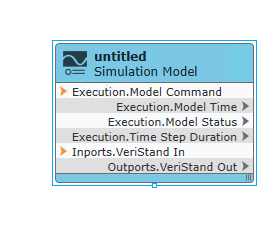
【Veristand】Veristand环境安装教程-Linux RT / Windows
首先声明,此教程是针对Simulink编译模型并导入Veristand中编写的,同时需要注意的是老用户编译可能用的是Veristand Model Framework,那个是历史版本,且NI不会再维护,新版本编译支持为VeriStand Model Generation Suppo…...
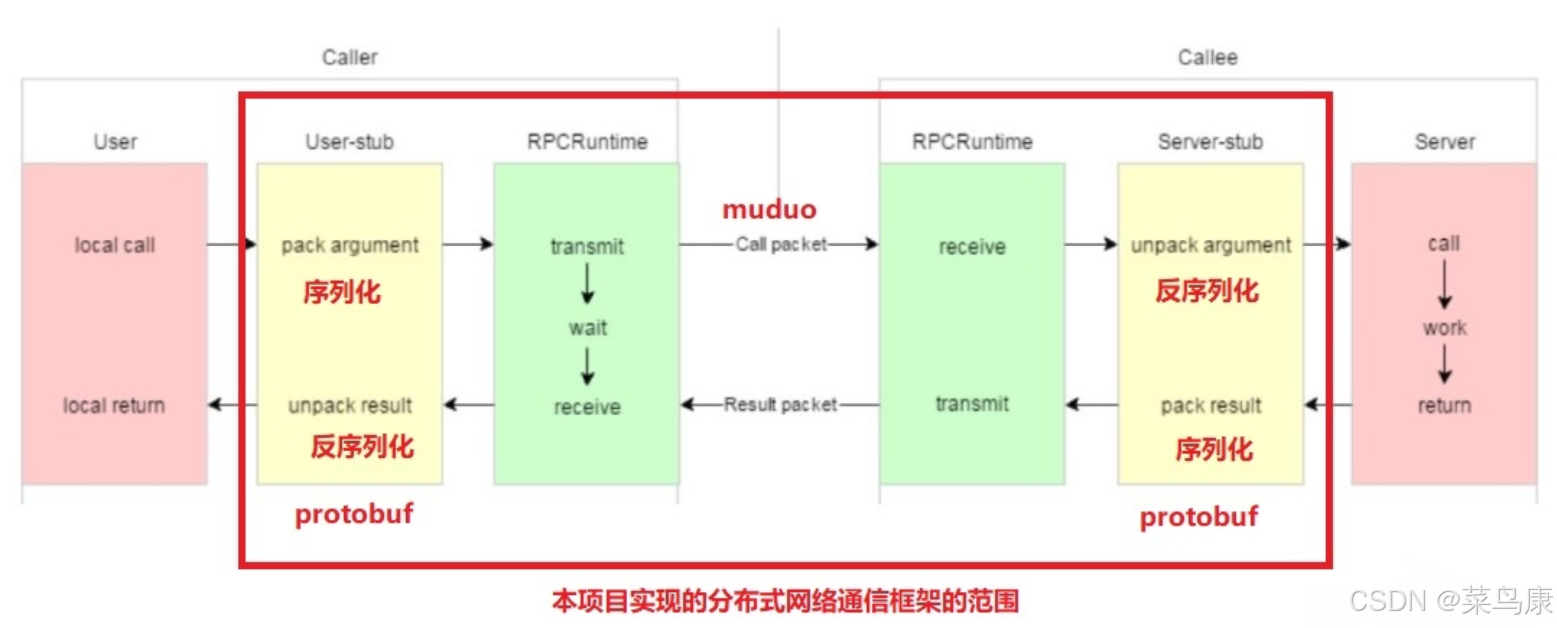
C++实现分布式网络通信框架RPC(2)——rpc发布端
有了上篇文章的项目的基本知识的了解,现在我们就开始构建项目。 目录 一、构建工程目录 二、本地服务发布成RPC服务 2.1理解RPC发布 2.2实现 三、Mprpc框架的基础类设计 3.1框架的初始化类 MprpcApplication 代码实现 3.2读取配置文件类 MprpcConfig 代码实现…...
